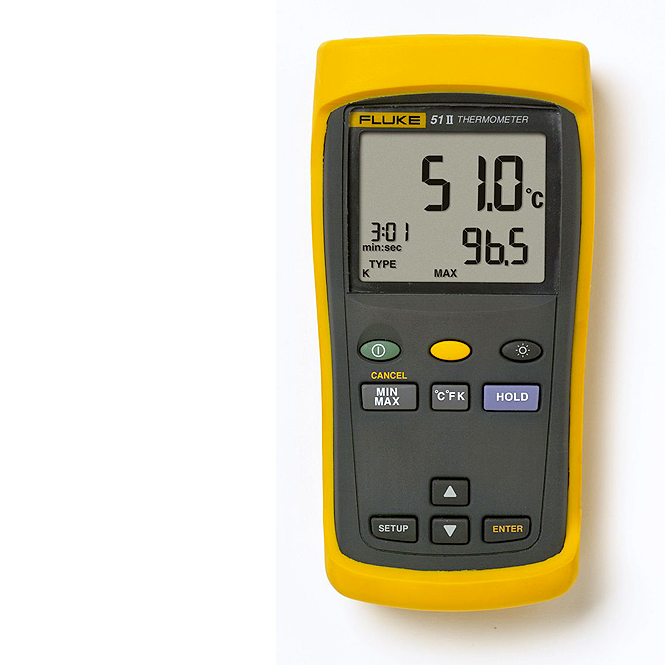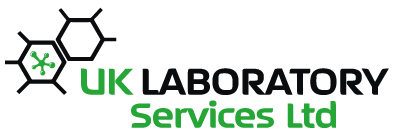Temperature Test Meters
Call us for Immediate Support - 0845 6021918 eMail -

Temperature Test Meters
Temperature test meters can measure temperature in a variety of units, including degrees Celsius (°C), degrees Fahrenheit (°F), and Kelvin (K). The most common temperature unit used is degrees Celsius.
Here are some examples of temperature test meters:
- Fluke 51-II Handheld Thermometer: This is a versatile handheld thermometer that can be used to measure the temperature of a wide variety of objects and substances. It has a range of -40°C to +500°C and an accuracy of ±0.5°C.
- Testo 110 Infrared Thermometer: This is a non-contact infrared thermometer that can be used to measure the temperature of objects and substances without making physical contact with them. It has a range of -50°C to +380°C and an accuracy of ±1°C.
- Omega HH536A Immersion Thermometer: This is an immersion thermometer that can be used to measure the temperature of liquids and semi-solids. It has a range of -50°C to +300°C and an accuracy of ±0.5°C.
When choosing a temperature test meter, it is important to consider the following factors:
- The temperature range of the meter: The meter should have a temperature range that is appropriate for the applications you will be using it for.
- The accuracy of the meter: The meter should have an accuracy that is sufficient for your needs.
- The type of temperature test meter: Choose a contact or non-contact temperature test meter, depending on your needs.
- The ease of use: The meter should be easy to use and understand.
- The cost: Temperature test meters can range in price from a few dollars to several hundred dollars.
It is also important to note that temperature test meters should be calibrated regularly to ensure that they are reading accurately. Calibration can be done by sending the meter to a qualified calibration laboratory or by using a calibration kit.
